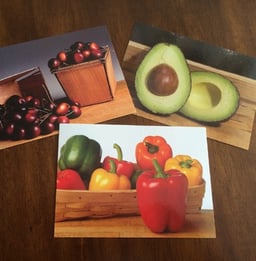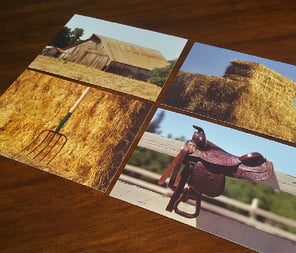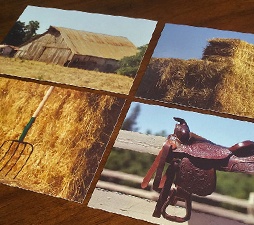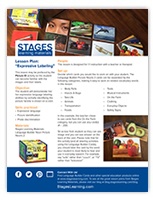Expressive Labeling Lesson Plan
Lesson Overview:
Students will practice expressive language skills by verbally identifying a picture on a card. Skills practiced include expressive language, picture identification and photo identification.
Objective:
The student will demonstrate his/ her expressive language labeling abilities by verbally identifying the picture he/she is shown on a card.
Skills Practiced:
- Expressive language
- Picture identification
- Photo discrimination
Materials Needed:
-
Stages Learning Materials Language Builder Noun Picture Nouns 2.
People:
- This lesson is designed for 1:1 instruction with a teacher or therapist.
Set Up:
Decide which cards you would like to work on with your student. The Language Builder Picture Nouns 2 cards can be separated by the following categories, making it easy to work on related vocabulary words in this lesson:
- Body Parts
- Insects & Bugs
- Sea Life
- Animals
- Transportation
- Foods
- Tools
- Musical Instruments
- On the Farm
- Clothing
- Everyday Objects
- Safety Signs
to use cards from the On the Farm category, but you can use any card(s) #1 – 200.
Procedures:

- Hold up a picture (for example, #144, barn) and ask your student to identify it.Try a phrase like, “What is it?” or “Tell me what this is.”
- Your student should answer by verbalizing the correct label, “Barn.”Move on to other words (for example, hay, pitchfork, and saddle) and complete the same activity with the new cards.Your student can start by giving a one-word answer, then progress to full sentences answers such as, “That is a barn.”
- Move on to other words (for example, hay, pitchfork, and saddle) and complete the same activity with the new cards.
- You may want to repeat this activity a few times, shuffling theorder of the cards in between rounds to ensure your student isn’t simply memorizing the order of the cards and is indeed visually and verbally identifying the picture on each card.
![]()

Jenna Wharff, Ed.M.
Jenna Wharff is a special education teacher at HOPEhouse at Cotting School, a transitional boarding school for students age 17-22 with special needs, in Lexington, MA. She specializes in helping her students prepare for life after high school by teaching independent living, vocational, and social skills as well as practical academics and providing opportunities for her students to apply what they have learned in the classroom to their everyday lives. She aims to help students and their families make the transition from special education to adult services as smooth as possible, while providing her students with the skills and knowledge necessary to lead productive and meaningful lives after leaving HOPEhouse. Jenna received her Master's degree in Mind, Brain, and Education from Harvard Graduate School of Education in 2007.







